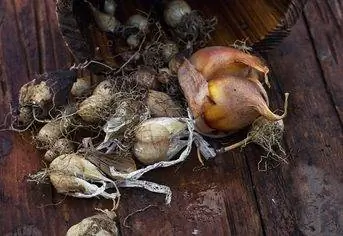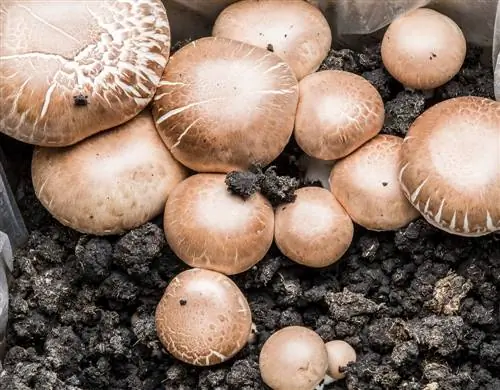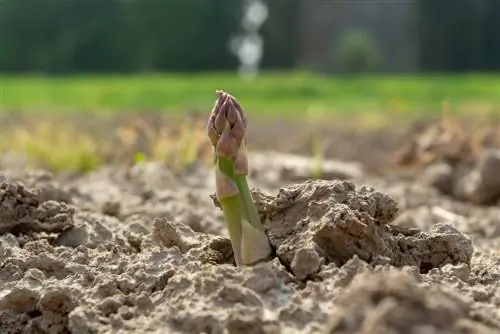- Author admin [email protected].
- Public 2023-12-16 16:46.
- Last modified 2025-01-23 11:22.
The Märzenbecher is one of the flower varieties that shine even more impressively in large numbers. Then the small white flowers can no longer be overlooked, even from a distance. But how does a garden owner get a large carpet of flowers if he doesn't want to buy half the garden center empty?

How can you propagate March cups?
Märzenbecher can be propagated by daughter bulbs and sowing. After flowering, daughter bulbs can be carefully separated from the mother bulb and planted in a new location. When sown, knot flowers form seeds that go into the soil and germinate on their own.
The two ways of reproduction
Märzenbecher belong to the so-called onion family. Their “power center” is an onion that is buried in the ground. Each specimen sprouts again in the spring. And in it the flower retreats completely in autumn. All of the plant's energy is concentrated there, while everything above ground withers away soon after flowering.
The onion also plays an important role in the propagation of the early bloomer. But here is an overview of the two propagation options:
- Propagation through daughter bulbs
- Propagation by sowing
Propagation through daughter bulbs
Onion plants form additional small onions directly on the main onion. These are called daughter bulbs or brood bulbs. The he althier a plant is and the happier it is with its living conditions and care, the more and stronger daughter bulbs it will produce. You can see whether and how many new onions have actually formed their March cups by digging in the soil.
Time and procedure
Wait to look for bulbs until the flowering period of the Märzenbecher is over. The first flowers appear in February, March is the main flowering period, while April slowly ends. The plant then withdraws and its foliage turns yellow. Now you can start this type of propagation.
- Dig up the bulbs carefully.
- Separate the daughter bulbs from the mother bulb.
- Select a new location. It should be shady and have moist, fresh soil.
- Replant all bulbs immediately. They should not be buried deeper than they were before.
Tip
This division also makes sense if a nest has already become too dense. Then not all onions have enough space to grow and are not adequately cared for.
Propagation by sowing
Märzenbecher, also often called knot flowers, produce seeds after the flowering period. Of course, only if the withered inflorescences are not cut off beforehand. If you want to propagate from seed, you should allow the seed to mature. It will self-seed and germinate as soon as the time comes. But you are not allowed to dig up this area of soil. You should only pull out sprouting weeds as soon as possible.
Relocating plants
The plants are very small at the beginning. Their leaves can almost be confused with blades of grass. Transplant the young specimens in late summer to where you would like them to be in full bloom. However, it will take several years for it to bloom. This long flowerless period is also the reason why the effort of growing in pots is not really worth it.
Tip
Märzenbecher seeds are also available to buy. For all those who are patient and can get this early bloomer so inexpensively.






